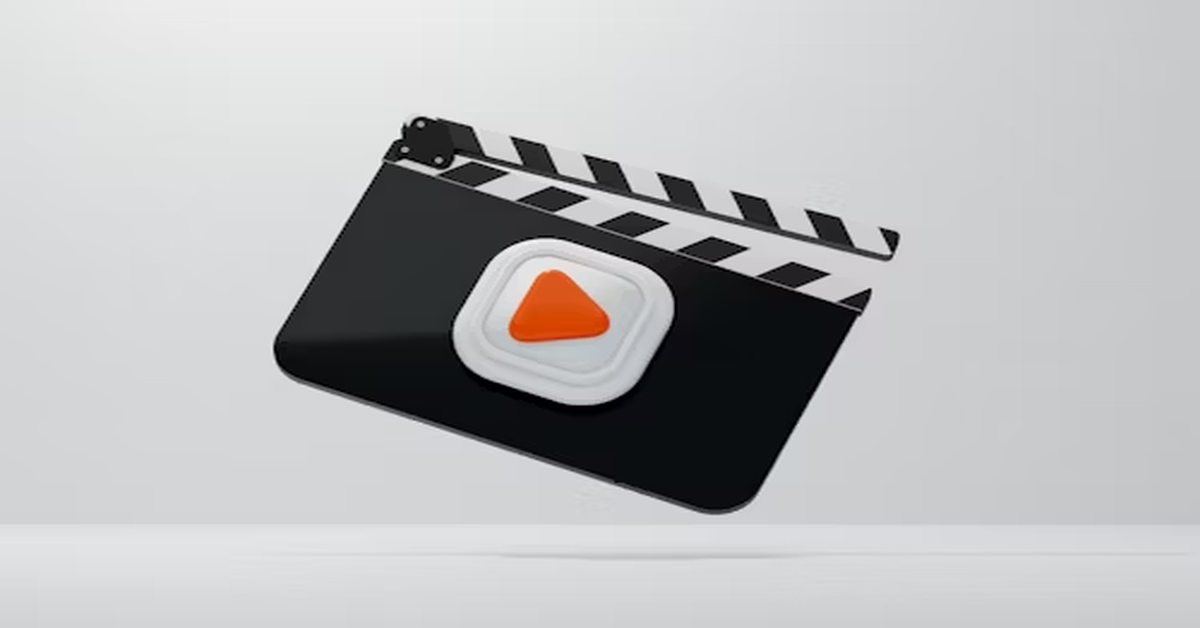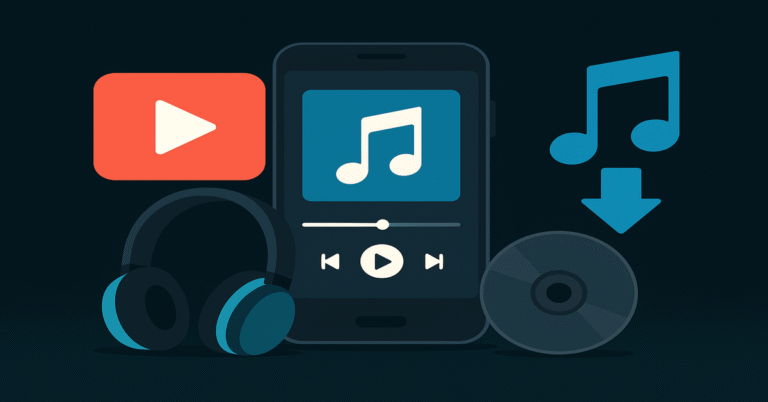
The demand for audio content has risen dramatically in the past decade, with music, podcasts, lectures, and even ambient soundscapes being a part of daily life. While many people stream directly from platforms, there remains a strong interest in downloading and storing audio for offline use. One of the most frequently discussed tools in this context is the MP3 YouTube Converter. This type of converter allows users to extract the audio portion of YouTube videos and save them in MP3 format, a format widely supported across virtually every modern device.
In this comprehensive guide, we will cover every important aspect of MP3 YouTube converters—from what they are and how they work to their features, advantages, potential risks, legal considerations, and safe usage practices. We will also explore alternatives, compare them with other tools, and provide best practices to ensure a smooth and responsible user experience.
What is an MP3 YouTube Converter?
An MP3 YouTube converter is a software application, web-based service, or mobile tool that transforms the audio track of a YouTube video into the MP3 file format. The converter extracts the audio, processes it into a compressed form, and provides the user with a downloadable file. This allows individuals to listen to the content offline, transfer it to different devices, or use it in personal projects.
The choice of MP3 as the preferred format is no accident. MP3 (short for MPEG-1 Audio Layer 3) is one of the most widely supported digital audio formats, balancing relatively small file size with acceptable sound quality. Whether on a smartphone, tablet, laptop, or MP3 player, the format works seamlessly.
Why Do People Use MP3 YouTube Converters?
There are several reasons why people turn to these converters, and understanding them provides insight into their widespread popularity.
- Offline Listening – Users often download MP3 versions of songs, lectures, or talks to listen while traveling, commuting, or in areas with poor internet access.
- Learning Purposes – Students may extract lectures or tutorials to study without being distracted by video content.
- Music Collection – Many people prefer building their own curated audio libraries, even though streaming platforms exist.
- Flexibility of Use – MP3 files can be edited, shared, or integrated into multimedia projects, which is not always possible with streaming-only formats.
- Data and Battery Saving – Streaming consumes both mobile data and battery life. Listening to offline MP3s conserves both resources.
How Does an MP3 YouTube Converter Work?
Though interfaces vary, the underlying process of most converters is quite similar.
- Inputting the YouTube Link – Users copy and paste the video’s URL into the converter.
- Processing and Extraction – The converter identifies the video source and extracts the audio track.
- Encoding to MP3 – The raw audio is then encoded into MP3 format, often giving users the option to select bitrates such as 128 kbps, 192 kbps, or 320 kbps.
- Download – Once converted, the user can download the MP3 file and store it on their device.
Some converters also support additional formats like WAV, AAC, or M4A, but MP3 remains the default choice for compatibility.
Key Features of MP3 YouTube Converters
Different tools offer a variety of features, but some common aspects are nearly universal.
| Feature | Description |
|---|---|
| Audio Quality Options | Ability to choose bitrate (e.g., 128 kbps for smaller files, 320 kbps for higher quality). |
| Batch Conversion | Converting multiple YouTube links at once for efficiency. |
| Cross-Platform Support | Availability as desktop software, mobile apps, or web-based tools. |
| Fast Conversion Speed | Tools with optimized algorithms complete downloads quickly. |
| Format Versatility | Support for formats other than MP3 (e.g., WAV, FLAC). |
| Metadata Editing | Adding or modifying track information like title, artist, or album. |
| Playlist Conversion | Directly converting an entire YouTube playlist into MP3 files. |
| Cloud Integration | Saving directly to services like Google Drive or Dropbox. |
| Security Features | Protection against malware, intrusive ads, or harmful pop-ups. |
Advantages of Using MP3 YouTube Converters
The appeal of these converters lies in their combination of flexibility, ease of use, and utility.
- Universal Compatibility: MP3 files play on virtually all devices.
- Storage Efficiency: The compressed format takes up less space compared to raw audio or lossless formats.
- Customization: Users can select quality levels and adjust for balance between size and sound.
- Offline Independence: Once downloaded, files can be accessed without the need for internet connectivity.
- Educational Value: Useful for language learners, researchers, or anyone who benefits from listening repeatedly to specific audio content.
Potential Risks and Drawbacks
While MP3 YouTube converters are convenient, there are certain risks and downsides users must consider.
- Legal Concerns – Downloading copyrighted material without permission may violate intellectual property laws.
- Security Threats – Some converter websites contain intrusive ads, malware, or phishing schemes.
- Quality Loss – MP3 is a lossy format, meaning that some audio fidelity is inevitably sacrificed.
- Unreliable Tools – Not all converters work consistently; some may impose limits or require hidden fees.
- Ethical Use – Downloading without supporting creators may reduce their revenue streams.
Legal Considerations
The legality of MP3 YouTube converters is a complex issue. YouTube’s terms of service explicitly prohibit downloading videos without authorization. While downloading content that is copyright-free or uploaded under a Creative Commons license may be legally permissible, converting copyrighted songs, movies, or shows without permission typically infringes intellectual property rights.
Therefore, the safest way to use these converters is for personal and non-commercial purposes and with content that the creator has made freely available for download.
Best Practices for Safe and Responsible Use
To maximize the benefits while avoiding risks, users should follow some best practices:
- Choose Reputable Converters – Prefer established tools with positive user reviews.
- Avoid Shady Ads – Use ad-blockers or opt for desktop applications instead of suspicious websites.
- Scan Downloads – Use antivirus software to check all files before opening.
- Respect Copyright – Download only content that is legally permissible.
- Backup Files – Store MP3s in cloud services or external drives for safety.
Alternatives to MP3 YouTube Converters
While these converters are popular, there are alternative ways to access audio:
- Streaming Platforms – Services like Spotify, Apple Music, and YouTube Music offer vast music libraries legally.
- Podcast Apps – Ideal for talk shows, educational content, and news.
- Official Downloads – Many artists and educators make their content downloadable directly.
- Screen Recording Tools – With proper permissions, recording system audio is another option.
MP3 Bitrate and Audio Quality: A Quick Guide
When converting YouTube videos to MP3, choosing the right bitrate can influence both quality and file size.
| Bitrate | File Size | Audio Quality | Best Use Case |
|---|---|---|---|
| 128 kbps | Small | Standard quality, noticeable compression | Spoken word, podcasts, lectures |
| 192 kbps | Medium | Balanced quality and size | Everyday music listening |
| 256 kbps | Large | Better clarity, near-CD quality | Audiophiles with moderate storage space |
| 320 kbps | Largest | Highest MP3 quality, minimal loss | Music enthusiasts, professional editing |
Future of MP3 YouTube Converters
With the rise of streaming platforms, some predict converters may eventually decline in popularity. However, given the global demand for offline, portable, and flexible audio, they are likely to remain relevant. Improvements in cloud-based storage, AI-driven quality enhancement, and safer online platforms could define the next generation of these tools.
Conclusion
MP3 YouTube converters offer convenience, versatility, and accessibility, but they also bring challenges related to legality, safety, and ethical usage. When used responsibly—for example, with educational material, free music, or personal projects—they can be an invaluable tool. However, it is essential to remain aware of the risks, choose trustworthy services, and respect intellectual property rights.
The future of these converters lies in balancing accessibility with legality and integrating new technologies that provide safer, faster, and higher-quality conversions. As with any digital tool, user awareness and responsibility make all the difference in ensuring a smooth and beneficial experience.
FAQs
1. Are MP3 YouTube converters legal to use?
They are legal only when used with content that is free of copyright restrictions or authorized for download. Downloading copyrighted content without permission may be illegal.
2. Can I get high-quality audio from a YouTube to MP3 converter?
Yes, but the quality depends on both the original video and the bitrate you choose during conversion. Higher bitrates like 320 kbps give better sound.
3. Are online converters safe to use?
Some are safe, but many carry risks like malware or intrusive ads. Using reputable tools and scanning downloads is strongly recommended.
4. Do converters work on mobile devices?
Yes. Many converters offer mobile-friendly websites or dedicated apps for Android and iOS devices.
5. What’s the best bitrate for YouTube to MP3 conversion?
For most people, 192 kbps provides a balance of quality and file size, but audiophiles often prefer 320 kbps.






